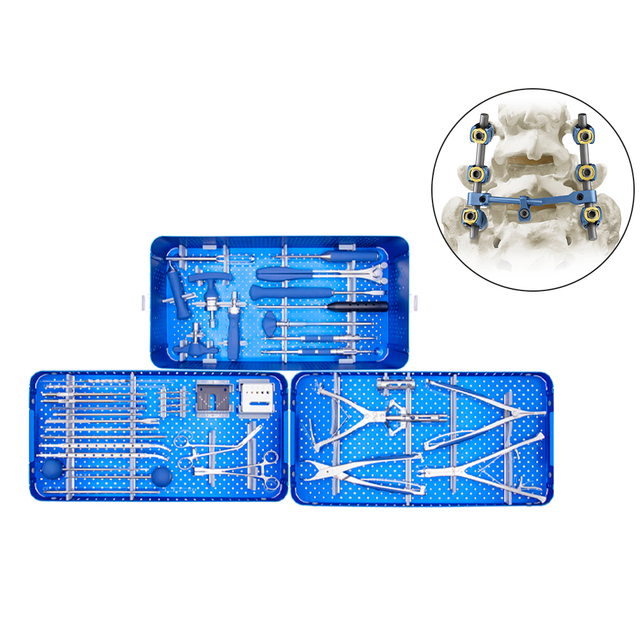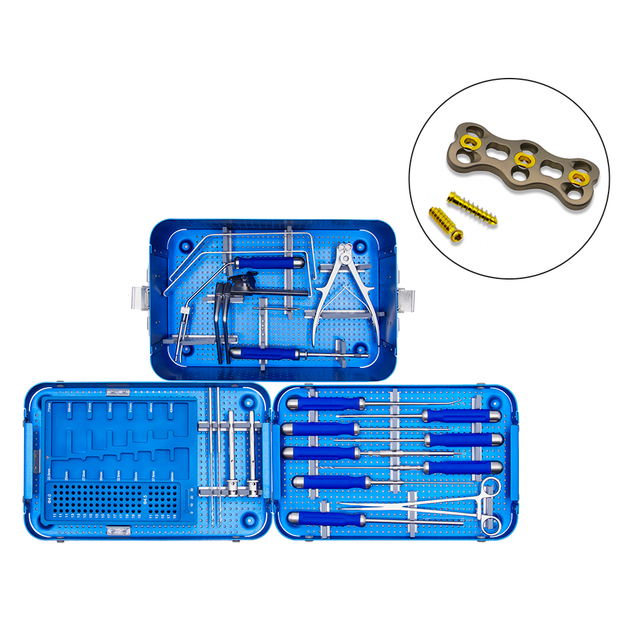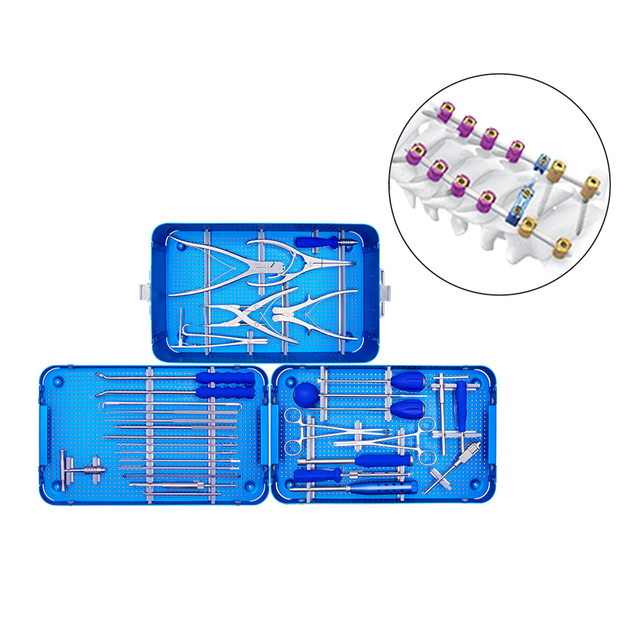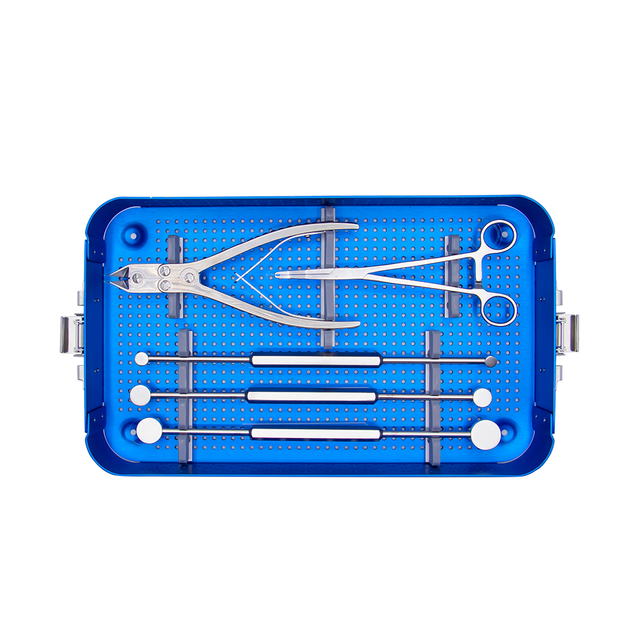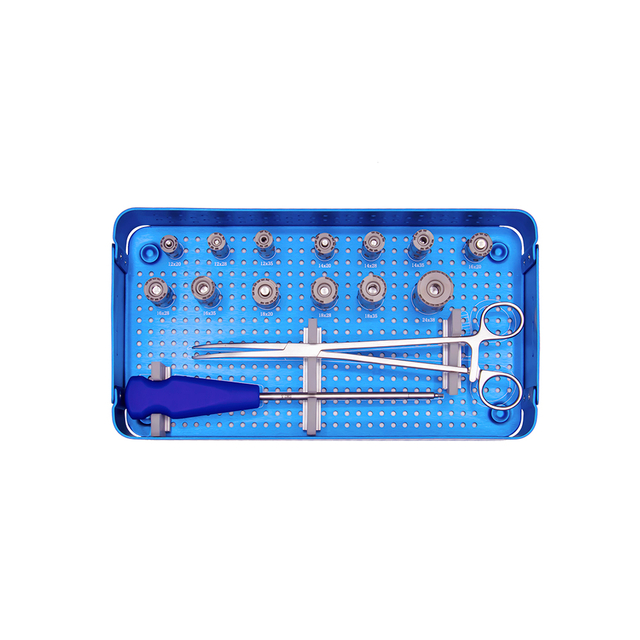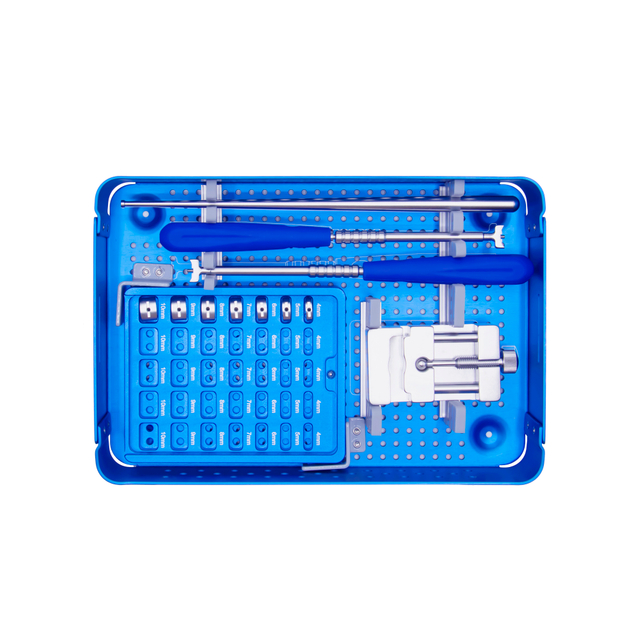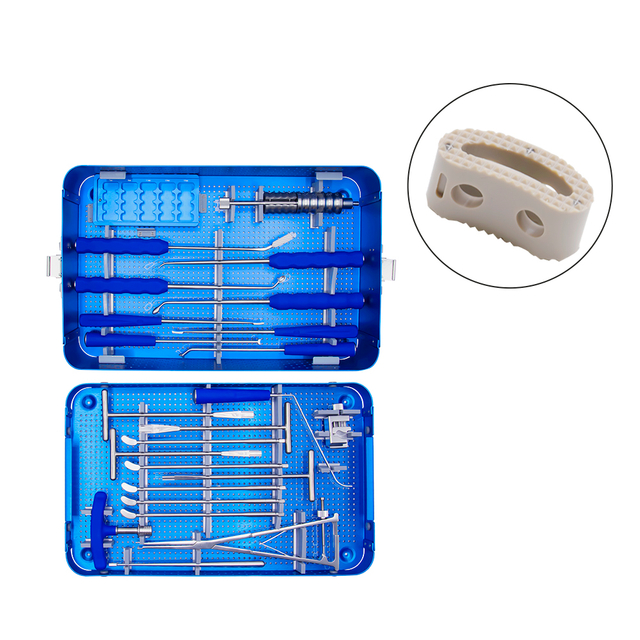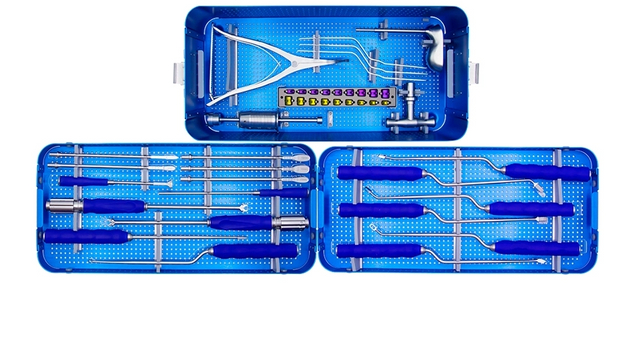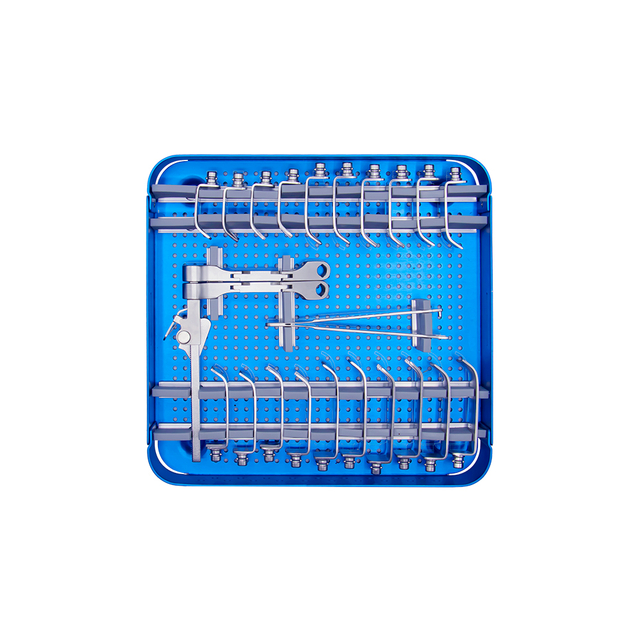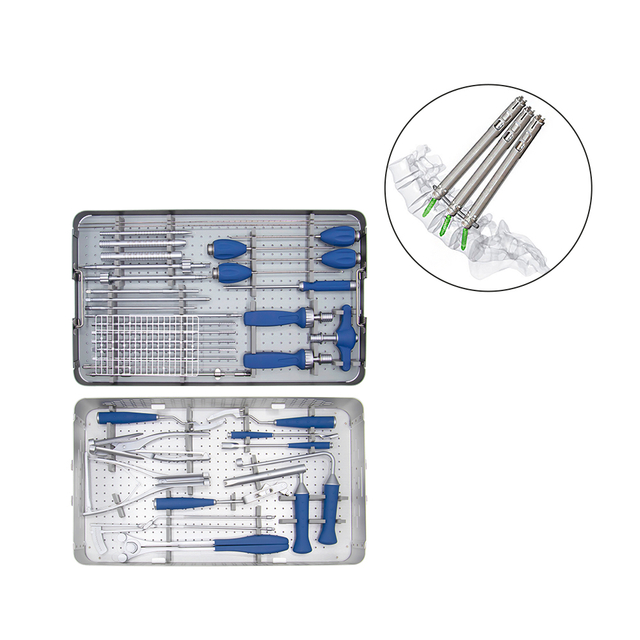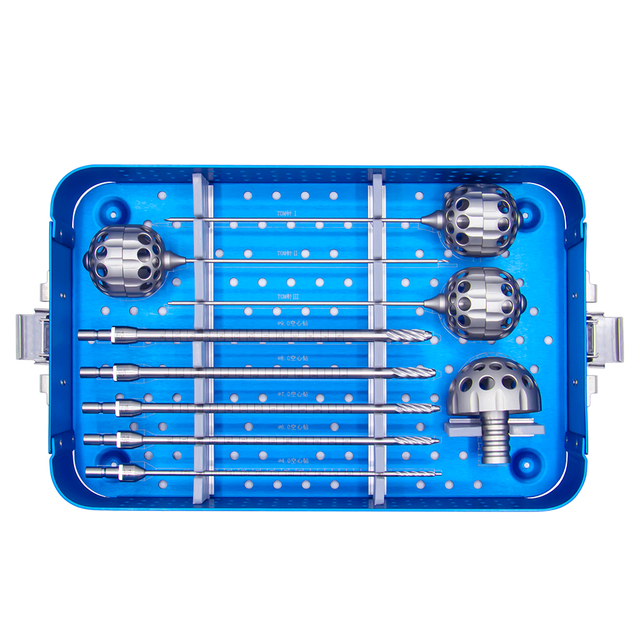What are Spinal Instruments?
Spinal instruments refer to a variety of specialized medical tools used during spinal surgeries to manipulate and stabilize the spine. These instruments are typically made from high-quality materials, such as stainless steel or titanium, and are designed to be durable and long-lasting.
Spinal instruments are used to access and manipulate the spine during surgery, allowing surgeons to perform complex procedures with precision and accuracy. Some common types of spinal instruments include retractors, drills, saws, curettes, and forceps.
Retractors are used to hold back tissue and muscles, providing clear visibility and access to the surgical site. Drills and saws are used to remove bone tissue or create channels for implant placement. Curettes are used to scrape away tissue or bone debris, while forceps are used to grasp and manipulate delicate structures.
Spinal instruments are typically designed for specific surgical procedures, and there are many different types available to meet the needs of different surgical techniques and patient anatomies. Surgeons rely on spinal instruments to safely and effectively perform spinal surgeries, and the quality and performance of these instruments can greatly impact surgical outcomes.
What are the types of spinal instrumentation?
There are several types of spinal instrumentation, including:
Pedicle Screws: These are screws inserted into the vertebrae to anchor rods or plates for spinal fusion.
Rods: These are metal rods that are attached to the pedicle screws to provide stability and support for the spine.
Plates: These are metal plates that are attached to the vertebrae with screws to provide additional support for the spine.
Interbody Cages: These are devices that are placed between the vertebrae to provide support and promote fusion.
Hooks: These are metal devices that are attached to the vertebrae to provide support and stability.
Wires: These are thin metal wires that are used to provide additional support and hold the spine in place.
Artificial Discs: These are devices that are implanted in place of damaged discs to provide support and allow for motion.
Spacers: These are devices that are placed between the vertebrae to maintain proper spacing and promote fusion.
The type of spinal instrumentation used depends on the specific needs of the patient and the surgical technique being used. The surgeon will choose the most appropriate type of instrumentation based on factors such as the patient's condition, the location and severity of the spinal problem, and the goals of the surgery.
What is spine surgery called?
Spine surgery is a medical procedure that aims to treat spine-related disorders, injuries, or conditions that cause back pain, weakness, numbness, or other symptoms. The surgery involves various techniques and approaches, such as decompression, fusion, or correction of spinal deformities, using surgical instruments and implants to stabilize or restore the spine's functionality. The ultimate goal of spine surgery is to alleviate pain, improve mobility, and enhance the patient's quality of life.
Who needs spinal surgery?
Spinal surgery may be recommended for individuals who have spinal conditions or injuries that have not responded to conservative treatments such as medications, physical therapy, and other non-surgical options. The decision to undergo spinal surgery is typically made after a thorough evaluation and diagnosis by a qualified healthcare professional. Some conditions that may require spinal surgery include:
Herniated disc
Spinal stenosis
Degenerative disc disease
Spondylolisthesis
Spinal fractures
Spinal tumors
Spinal infections
Spinal deformities such as scoliosis or kyphosis.
However, not all cases require surgery, and healthcare professionals will consider several factors before recommending surgery, including the patient's overall health, age, and the severity of the condition.
What are instruments used in spinal surgery?
Spinal surgery requires the use of specialized instruments designed to access and treat the spine. Some of the common instruments used in spinal surgery include:
Retractors: used to keep the surgical site open and provide access to the spine.
Drill: used to create holes in the vertebrae for the placement of screws or other implants.
Currettes: used to remove soft tissue or bone.
Forceps: used to grasp tissue or bone fragments.
Curettes: used to scrape away bone tissue.
Rongeurs: used to remove bone fragments or tissues.
Probes: used to locate specific areas of the spine or to confirm the placement of implants.
Hooks: used to hold and manipulate spinal structures during surgery.
Pedicle probes: used to locate and confirm the placement of pedicle screws.
Image-guided navigation systems: used to guide the placement of instruments and implants with real-time imaging.
The choice of instruments used in spinal surgery will depend on the specific procedure being performed and the surgeon's preference. These instruments must be precise and well-designed to ensure safe and effective spinal surgery.


